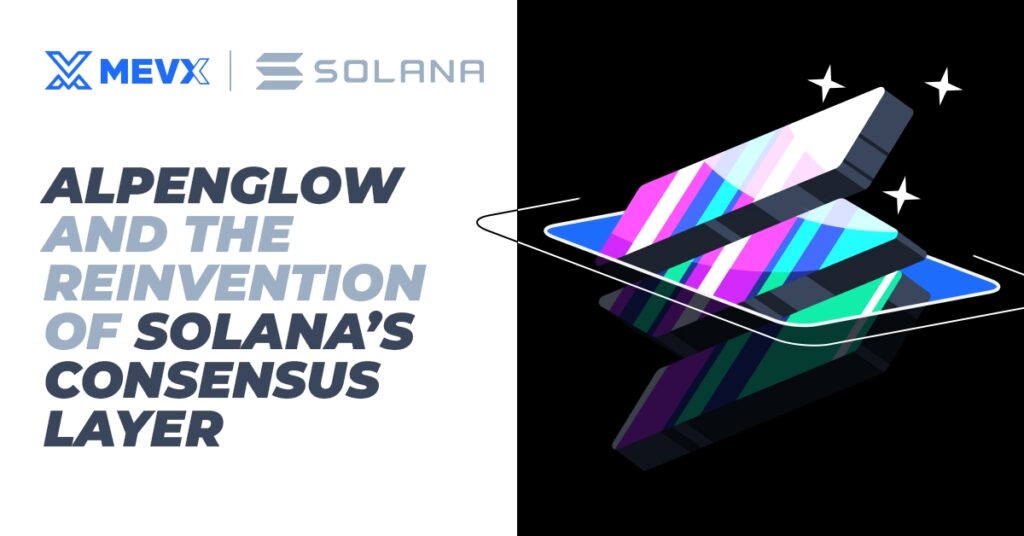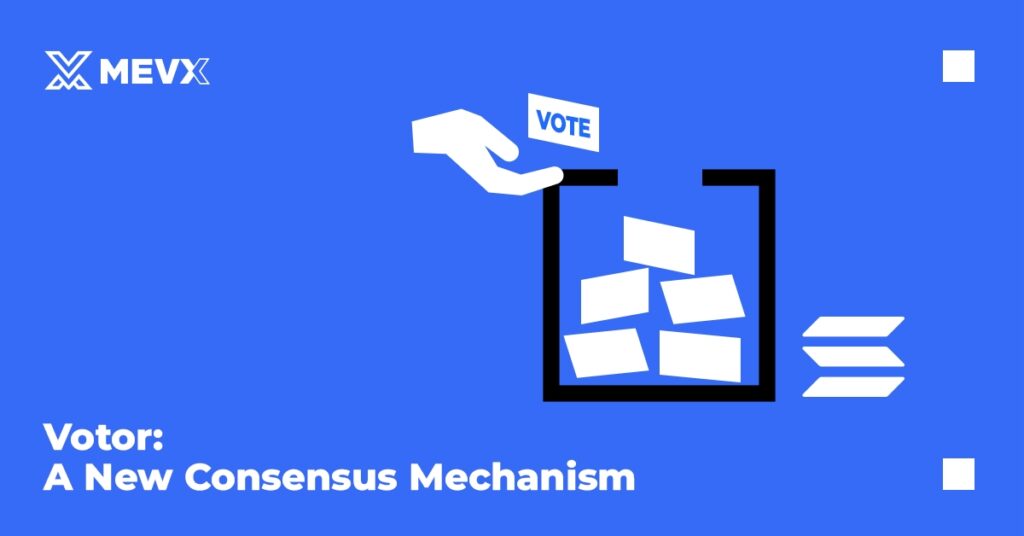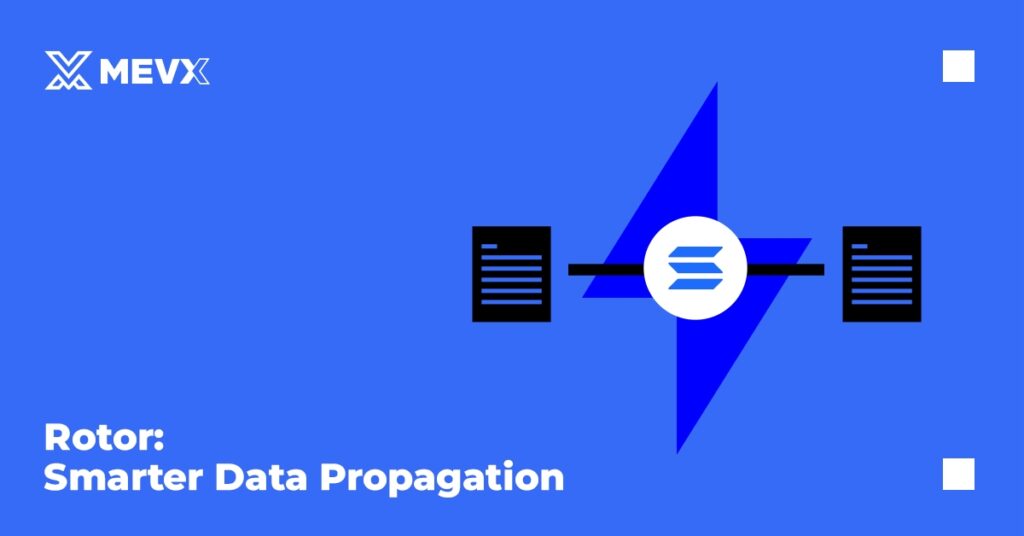In May of 2025, Solana introduced Alpenglow, its most revolutionary software upgrade ever. Created by the engineering team Anza, the overhaul directly confronts the very basis of Solana design, aiming to provide Solana block finality in a mere 150 milliseconds.

Rather than patching existing infrastructure, Alpenglow redefines how Solana reaches consensus and distributes data. It introduces two core components: Votor and Rotor, both intended to close the performance gap between blockchain and real-time Web2 systems.
What Is Alpenglow?
Alpenglow is a protocol upgrade that changes Solana’s:
- Consensus layer (from TowerBFT to Votor)
- Data distribution system (substitution of Turbine by Rotor)
It is not an upgrade of the features; it is a design from the ground up that changes the way every block is generated, confirmed, and propagated.
Votor: A New Consensus Mechanism
Votor replaces the older TowerBFT model with a much faster, more direct voting system.

Key features:
- Parallel dual-vote architecture
- Round 1 finalizes a block with ≥ 80% stake approval
- Round 2 finalizes with ≥ 60% stake if Round 1 fails
- Both rounds run simultaneously, and the faster one is chosen
- Direct validator communication
- Removes “gossip” delays
- Reduces reliance on multi-step messaging
- Acts like a live group call instead of passing notes
- Target latency: 100–150 milliseconds
- Comparable to real-time apps like social media or online games
- Unmatched in traditional blockchain performance
This approach gives Solana near-instant finality, a first for any major blockchain.
Rotor: Smarter Data Propagation
Rotor has been developed to replace the old Proof-of-History-based Turbine system.

Improvements include:
- Single-layer relay system
- Streamlines communication between nodes
- Eliminates redundancy and latency
- Adaptive throughput
- Adapts the data speed according to the stake of every validator
- Ensures maximum bandwidth utilization and fair bandwidth allocation
- Familiar design with better performance
- Retains the shredding mechanism (splitting blocks into smaller pieces)
- Maintains Solana’s strength in handling high-throughput traffic
Rotor is especially important for high-bandwidth applications like DeFi and on-chain gaming, where millisecond-level response time is essential.
What Alpenglow Doesn’t Fix
Despite its scale, Alpenglow does not address validator client centralization.
Current issues:
- Solana also relies mostly on Agave, the lone production-grade validator client it has
- This is a single point of failure, an exceedingly dangerous scenario in the event of bugs or attacks
Future fixes:
- Firedancer, a validator client developed by Jump Crypto, is expected to go live in late 2025
- Its deployment would help decentralize Solana’s infrastructure and improve security
Community Support and Market Reaction
The Solana community showed near-unanimous support for Alpenglow:
- 98.27% approval from staking participants
- Over 52% of all staked SOL participated in the vote
This signals deep trust in the direction of Solana’s core development and confidence in Anza’s technical leadership.
Following the announcement:
- SOL price surged nearly 6%, briefly touching $211
- Analysts now forecast possible targets around $215–250 by year-end
- However, daily active addresses are down 80% over the past 4 months, suggesting a disconnect between price and usage
Why Alpenglow Matters
This upgrade is not just a performance patch, it’s a strategic move for the long term.
Implications include:
- For developers
- Faster block finality improves dApp responsiveness
- Improved infrastructures of DeFi liquidation, NFT transactions, and real-time applications
- For institutions
- Increased efficacy and some end-state predictability are requirements of adoption
- Could attract serious capital into Solana-based protocols
- For users
- Less delay of confirmation indicates a smoother experience
- Stronger foundation for everyday use, such as paying and gaming
Final Thoughts
Alpenglow is Solana’s watershed event. With Votor and Rotor, the network is no longer racing to be quick “for a blockchain.” It is targeting parity with traditional web infrastructure while keeping decentralization intact.
Should the implementation come close to the design, Solana could come out not only as a high-performance chain but also as a legitimate contender within mainstream consumer and financial use cases.
Share on Social Media:
